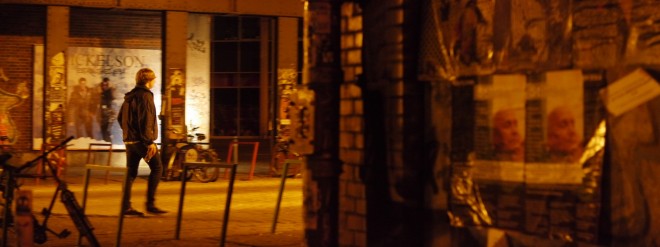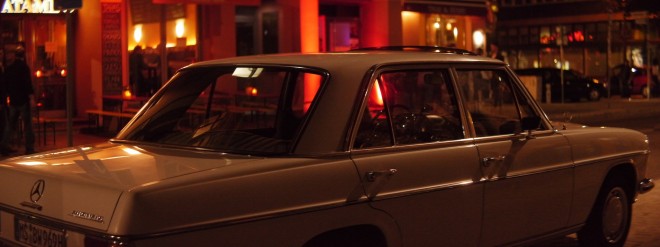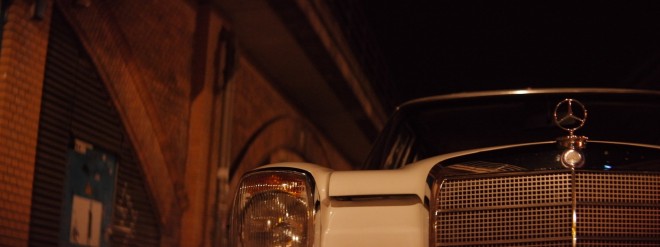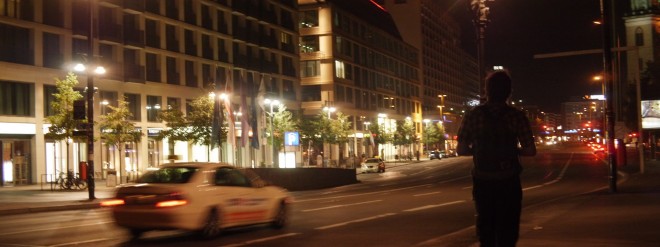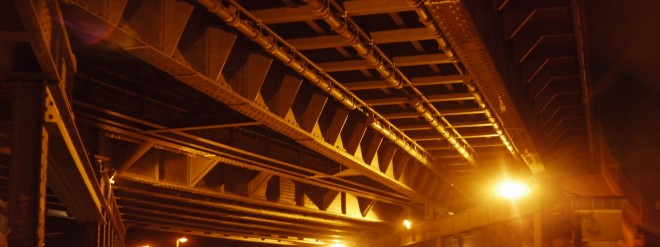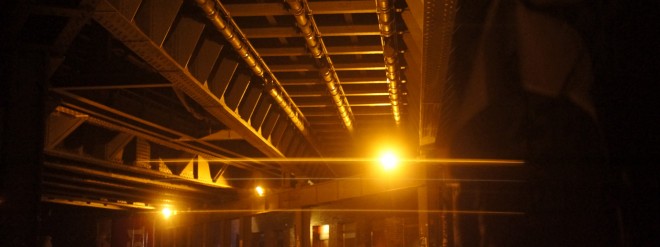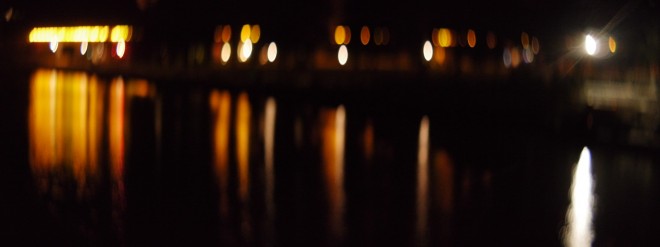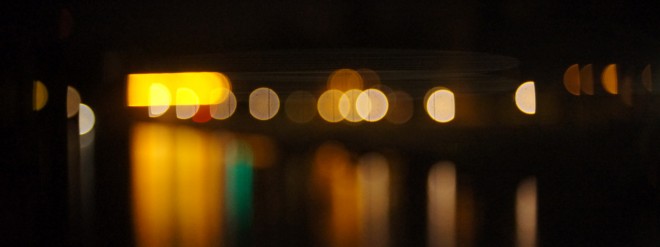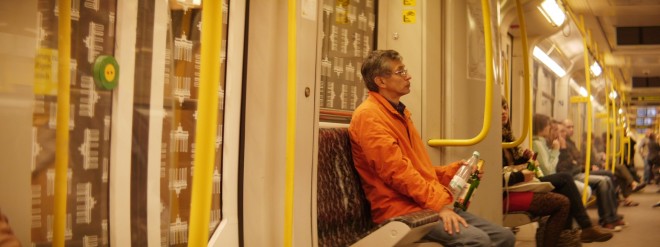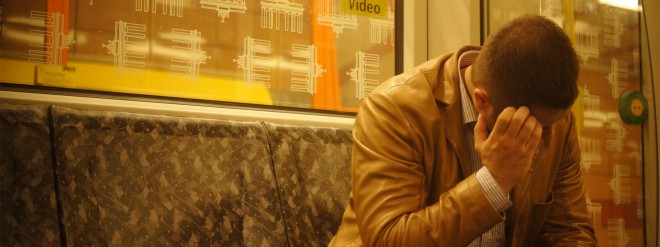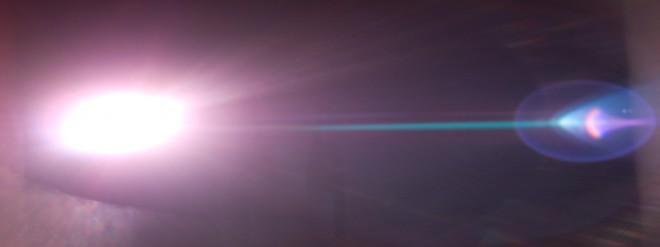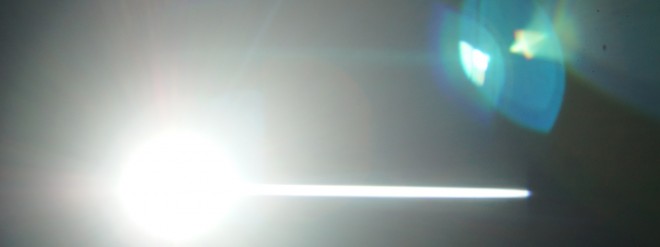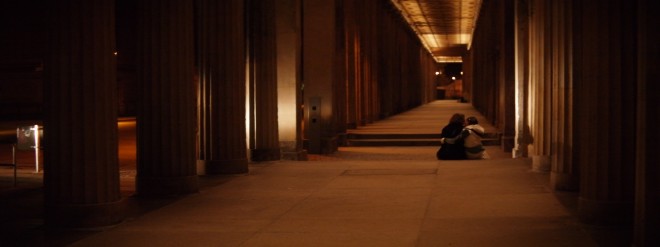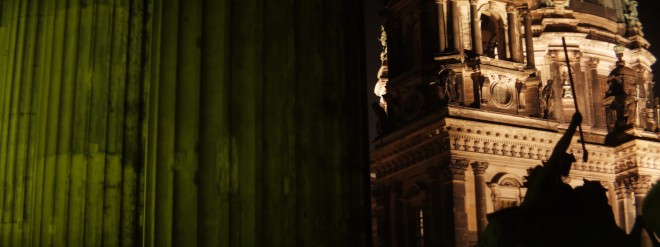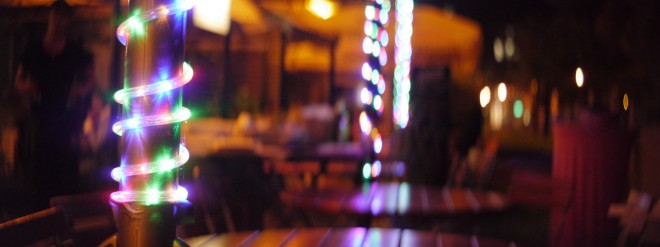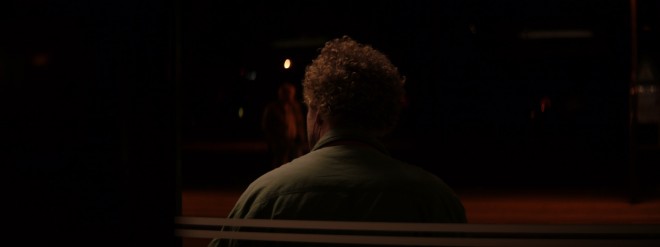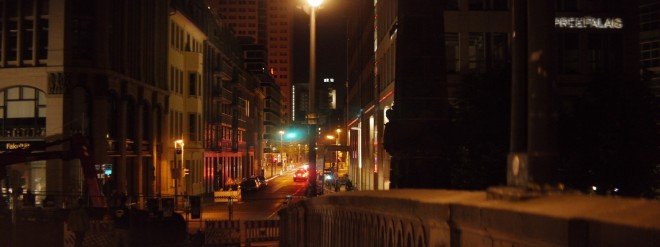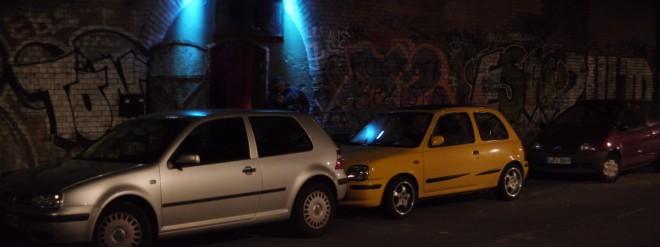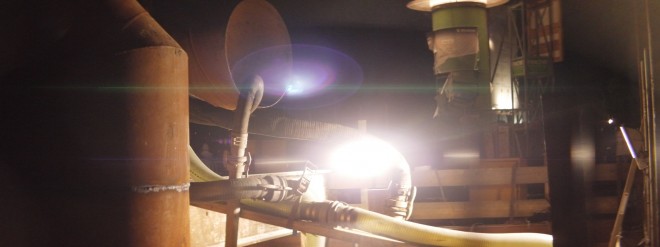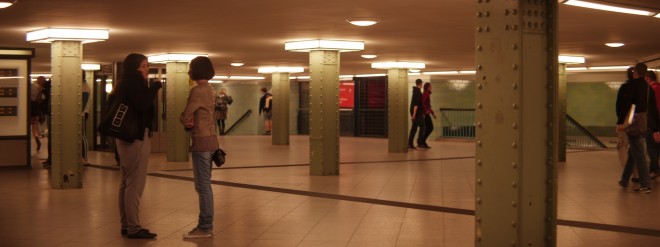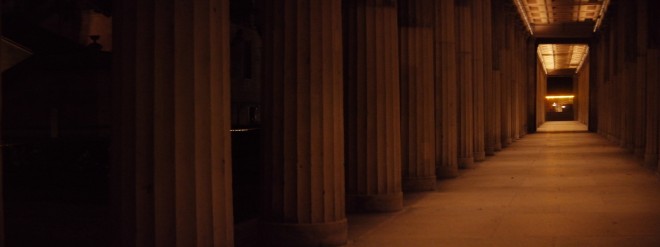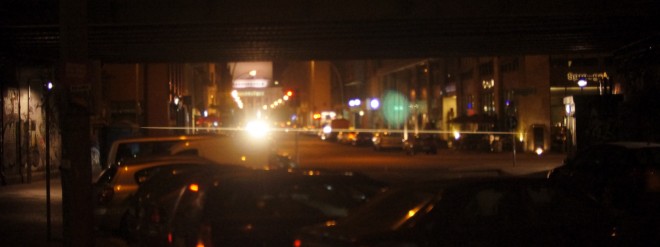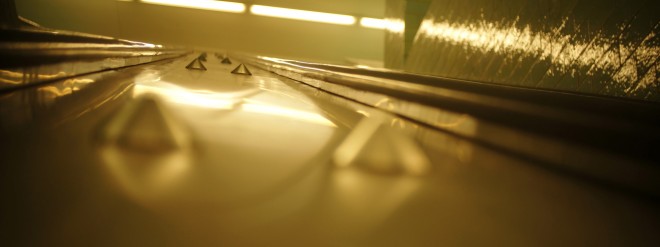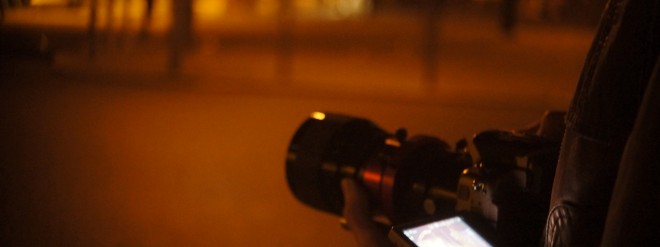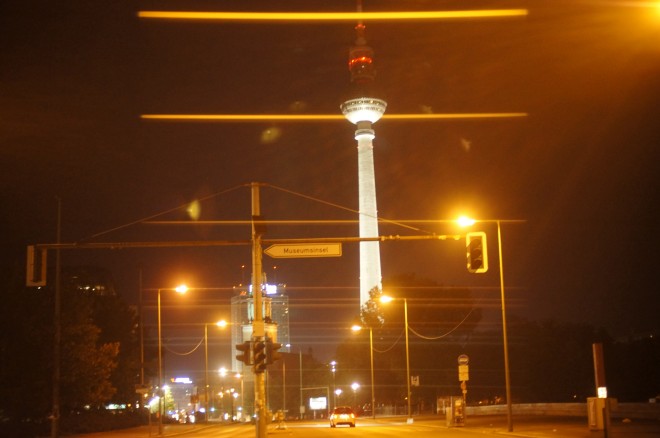Grab the new EOSHD Anamorphic Shooter’s Guide 2nd Edition just $19.99!
The Cinemorph adapter is a very simple custom built filter for $140 + shipping with a cat’s eye front and flare generator. It is designed not just to simulate the flare of anamorphic lenses but the stretched bokeh. Here, EOSHD tests the adapter against a real $3000 anamorphic lens for widescreen cinematic images using a Panasonic GH2 and Sony NEX 5N.
Anamorphic lenses have become rare. No other kind of lens is as cinematic and can produce proper cinema aspect ratios optically without cropping. Demand is out stripping supply and things are only set to get worse with the Alexa Studio supporting anamorphic lenses. If high level production companies and studios start buying up Iscoramas when they realise they out-perform $40,000 Panavision anamorphics (they do) then eBay prices will not look back. $3000 today will be a comparative bargain to in 5 years time!
But you can fake it!
All the images on this page can be enlarged, just click on the image for a 1920×720 light-box view. It is recommended to get an idea of detail and colour, the thumbnails are a bit washed out.
So how does the CineMorph perform compared to a real anamorphic?
I went out into deepest darkest Berlin to find out. As a reminder here is what a real anamorphic look likes, from my GH2 and Iscorama.
My Iscorama is a rare 2x version (wider than the usual 1.5x) designed for 35mm film photography and projection, it is labeled CentaVision and it is multi-coated by some Germans. That means it’s sharper than most but flares far less, you really have to provoke it with megawatt lights to get horizontal flare.
However since I have backed it into a Russian LOMO cinema prime you get plenty of standard flare to compensate and some cool halo flares (the Samyang 35mm F1.4 has these as well).
Isco CentaVision MC 2x in 4:3 mode on the hacked Panasonic GH2
CineMorph on the NEX 5N (cropped from 16:9)
Composition is not as easy with the CineMorph but flare can be pretty cool. Stretched bokeh is less successful but still not bad!
I had the CineMorph on a Zeiss Jena 35mm F2.4 for these shots. Really to get that stretched bokeh shape you need the aperture or an element inside the lens and the CineMorph ‘cat eye’ sits in front of the lens. I am working with SLR Magic on a solution here, so stay tuned. It’s pretty exciting.
Most of the time you get standard looking bokeh with a chickenwire line through it so the true anamorphic definitely has an advantage here.
Isco CentaVision, LOMO 50mm prime (2.66:1)
CineMorph, Zeiss 35mm prime (cropped to 2.66:1)
There are actually quite a few layers to the overall anamorphic aesthetic beyond flare, bokeh and aspect ratio. For example maintaining the distance of background objects from the subject whilst widening the field of view. Anamorphic is especially handy on the GH2 because it doesn’t have a full frame sensor so you can use a longer focal length to compress depth (make foreground objects like sky scrapers more epic) whilst maintaining a wide angle. All very 5D Mk II and one of the reasons that camera is so highly thought of in terms of cinema aesthetics.
What CineMorph simulates
- Chickenwire flare (but not the stretched oval flare of true anamorphic)
- Simulates oval anamorphic bokeh and ‘waterfall’ background blur
What it doesn’t do
- Widen the field of view while maintaining a shallow depth of field
- Optically produces CinemaScope aspect ratios
- Maintain the depth compression and aperture of the lens whilst doubling the field of view
- Give a 2x crop sensor the same field of view with a 50mm lens as a full frame camera (50mm anamorphic on the GH2 looks like 50mm on the 5D Mk II)
- Allow live anamorphic framing (you have to crop in post and tape off the top and bottom of your LCD)
CineMorph does have some advantages over anamorphic. Price of course, and it doesn’t make a sharp prime slightly softer at fast apertures. It allows macro focus without diopters and it works on pretty much any lens apart from wide angle. 35mm on the NEX 5N’s APS-C sized sensor is pushing it, and 18mm (28mm equivalent) vignettes especially on a zoom lens. But that is true of any anamorphic apart from the $900 Panasonic LA7200!
Regardless of what optical solution you use to shoot anamorphic I recommend you just DO. I love so much about it – most of all the aspect ratio. Whether you crop or do it authentically it is far better than 16:9. For cinematic composition it’s just a dream and gives you so many more options to place characters in the frame against dead space and other characters. Here are some examples:
Isco CentaVision Anamorphic
CineMorph filter, cropped
Flare is more easily invoked on the CineMorph filter than on my Isco CentaVision but a strong light source like this projector can get both flared up pretty spectacularly. To be honest the stills don’t do it justice, part of how the flare moves and evolves just says ‘cinema’ when a standard DSLR lens just doesn’t.
The LOMOs are the king of flare but to keep the test consistent I’m using the Isco again here. It has clinical German coating, almost Leica like resistance to flare! It makes for a very sharp punchy image but it is a bit muted compared to the CineMorph which does very well.
Isco CentaVision with Panasonic AE100 projector beam
CineMorph
More sample shots
Isco anamorphic (click to enlarge)
VidAtlantic CineMorph filter
These were shot on the Sony NEX 5N with Zeiss Jena 35mm F2.4
16:9 frames cropped to 2.66:1
And finally… here is an un-cropped 3:2 still from the NEX 5N shot with the CineMorph



